FAQs
-
It really depends upon the activities and characteristics of the group. Our definition of “microchurch” is taken from Acts 2:42-47. This early description of the church paints a vivid picture of a community being “devoted to the apostles teachings (for us this means scripture), fellowship (committed to one another), the breaking of bread (the observance of communion), and prayer.” Miracles were commonplace and there was unity that expressed itself in radical hospitality and generosity. Their culture was described as a people who gathered around tables, eating with “gladness and simplicity of heart, praising God and having favor with all the people.” Finally, they desired to multiply—keeping open seats at their tables for visitors (vs. 47). Many small groups intentionally focus on one or two of these characteristics, most often, Bible study and fellowship. These are very good things, but to be a fully functioning microchurch, all of the above are essential!
-
We believe that both models have their advantages and disadvantages. In a traditional church, it can be a challenge moving people to become active rather than passive participants. In our model, it’s just difficult to be passive. Also, in a microchurch, we believe it’s easier for more lay people to do the work of ministry; whereas in the traditional model, shepherding, teaching, leading worship, and providing pastoral care are often left to the professional clergy. Finally, a traditional church attempts to bring people who are far from God to its building. A microchurch takes the church to where the people are.
-
Upon arrival at a traditional church, a family often sees the teenagers go off in one direction, the children in another, while the adults go in yet another. While we see validity in this, we also believe it can serve as an unhealthy fragmentation of the family. In a microchurch, children and especially teenagers are encouraged to join in worship and discussions of how to follow Jesus. With some creativity, they can fully participate and contribute to discussion, prayer and worship. In many cases, this helps children mature much faster than they would have in a program. It should also be noted that, just as we gather corporately once a month, we plan on having gatherings, fun activities, and extra opportunities for our children and youth to meet regularly.
-
We do believe in the Biblical practice of tithing—giving a portion of our finances to build the Kingdom. However, because our model doesn’t require nearly the investment in buildings and staffing as compared to traditional churches, we are able to invest a greater percentage of our tithes back into the community by empowering each microchurch to invest in their neighboring efforts, support local nonprofits/ministries and foreign missionaries.
